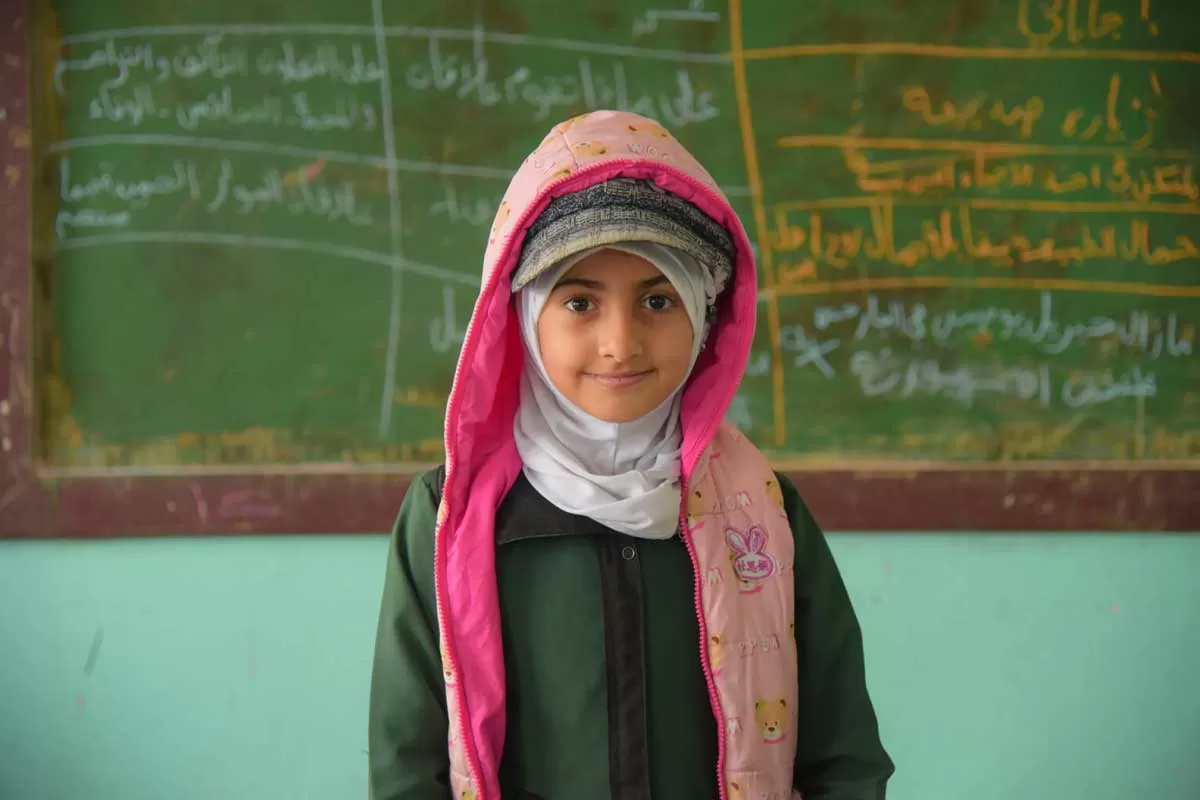I work on numbers during every waking hour of my day. As the director of the UNESCO Institute for Statistics, I work to support statisticians in governments who make gargantuan efforts to measure the health of their education systems with data. They count those who are in school, or out; those who are learning, or not; how many are boys or girls, and whether they have a qualified teacher, among many other things. At the most basic level, the attention paid each year to which schools are doing better than others is a demonstration of the fact that we do care about statistics; at the global level, looking at which countries are doing better, this is taken to ever greater extremes.
But sometimes the counting fails. It is not acceptable that we still have no numbers at all on the learning levels of over half a billion children in the world today. Forty countries do not report on how many of their teachers are qualified.
This missing data has political implications. After all, it is policy makers who must answer questions as to why waiting times for doctor appointments increase; the size of forests decreases; and the youth unemployment rate is growing. In education, if we do not know whether children are learning, it is easier to cast aside any efforts to improve things for another day.
The urgency behind fixing this and other data issues is why we are convening the first ever Conference on Education Data and Statistics, 7-9 February in Paris. The International Labour Organisation celebrated its 100th anniversary of its International Conference of Labour Statisticians in 2023. It is high time that we paid the same importance to data in education.
The issue attracting greatest attention among statisticians today is how to improve the fact that half of countries do not report on children’s learning levels in school. Our conference will suggest an answer to this question. It’s a new tool, which has been rolled out already in seven countries in Africa and Asia for the end of primary and in four countries in Africa for lower primary, as well as being piloted in India. Called AMPL (Assessment for Minimum Proficiency level) for short, the tool is a set of 20 simple questions that are versatile in nature and can be added into a country’s existing national or a cross-national assessment. We are excited about its possibility, for the ownership that countries are taking of it, for its cost- and time-effectiveness, and its ability to input into policy decisions on a timely basis.
Numbers aren’t just there for counting; they help set standards for what is expected of policy makers. At present, to give an example, over a third of countries are unable to report back against what percentage of their teachers are trained at the primary level partly because everyone’s definition of what ‘trained’ means is different. To address this, we want to suggest at this coming Conference a new minimum standard that a country must meet to say their teachers have the minimum academic qualifications and to expand to the definition of what a trained teacher is. Through data, in order words, we will be urging countries to define what a quality education really means.
You might call work on data akin to advocacy for this reason. The work that the UIS has done along with the GEM Report at UNESCO to help governments look at their past rates of education progress to then help them set realistic, yet ambitious national SDG 4 benchmarks – or targets – for future progress is a prime example of this. They draw on national plans and represent the political commitments, around which civil society and others can rally to hold governments to account.
Our work with the GEM Report maps out the progress that countries are making towards their benchmarks in the SDG 4 Scorecard. The analysis of the data in the report paints a sombre picture. It shows that, while 76% of children should be participating in early childhood education based on countries national benchmarks for 2025, only 69% are today; if 66% should be reading with understanding at the end of primary, only 58% are today. The work shows precisely where governments must work harder in the future if they are to stand by their commitments.
Given the scale of the task of collecting education data, many actors contribute data to help paint a full picture of education progress around the world. But whenever many people are involved, collaboration, synchrony and communication become critical. The UNESCO Conference on Education Data and Statistics this month is the first of many that will help create a new community of practice to improve ways of working and make sure no child is invisible in data.
I joined the UNESCO Institute for Statistics at a time when international statistical cooperation was transforming to support the monitoring of the SDGs. This is a vision that is country-led, and it is thanks to countries that we have made advances in all fronts, from methodologies to multiple data sources and increased data coverage. Our role at the global level is to identify coordination gaps and to take stock of the priorities to address these gaps and make our collective efforts more effective. This conference offers a unique mechanism to act together.
